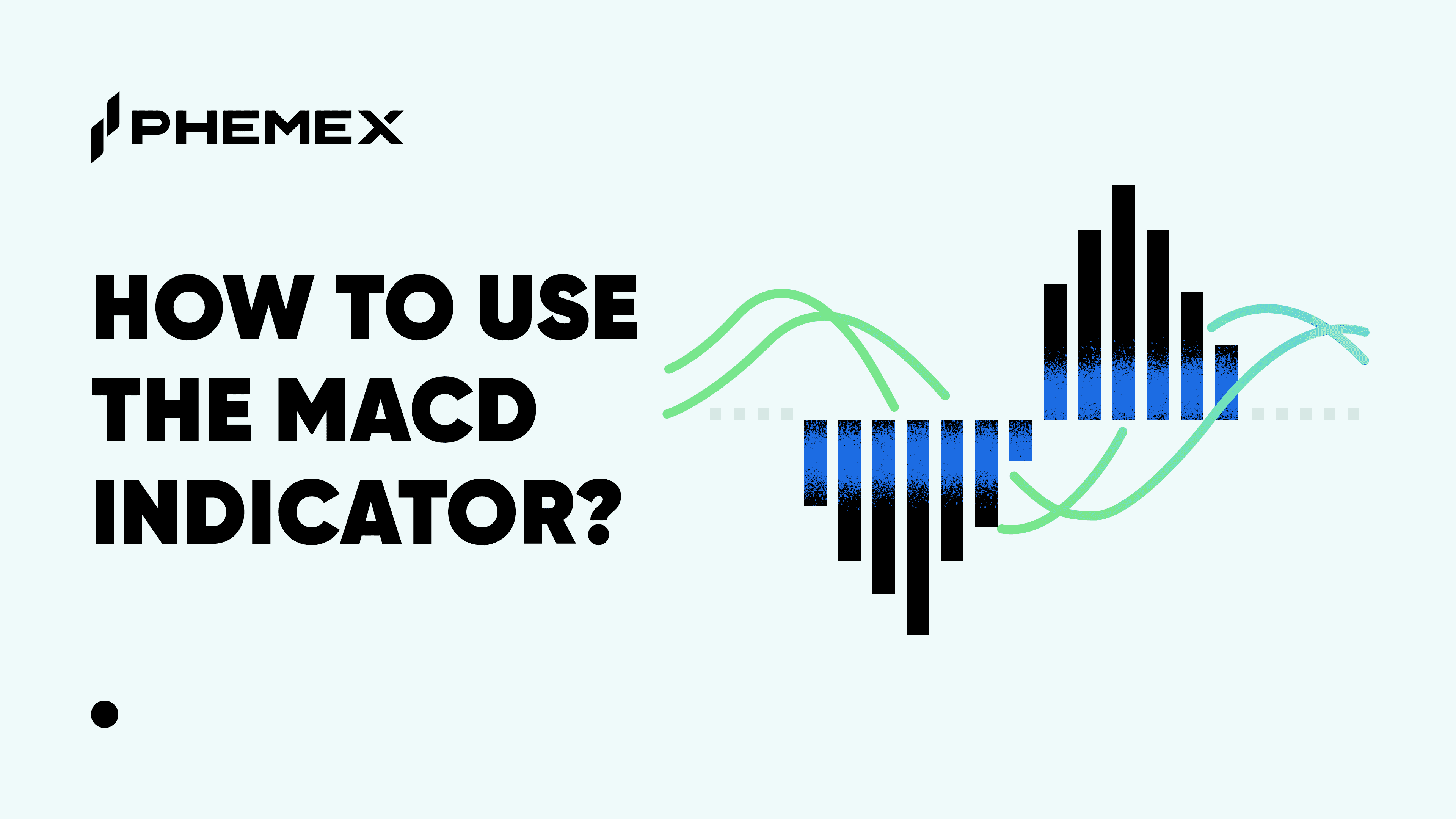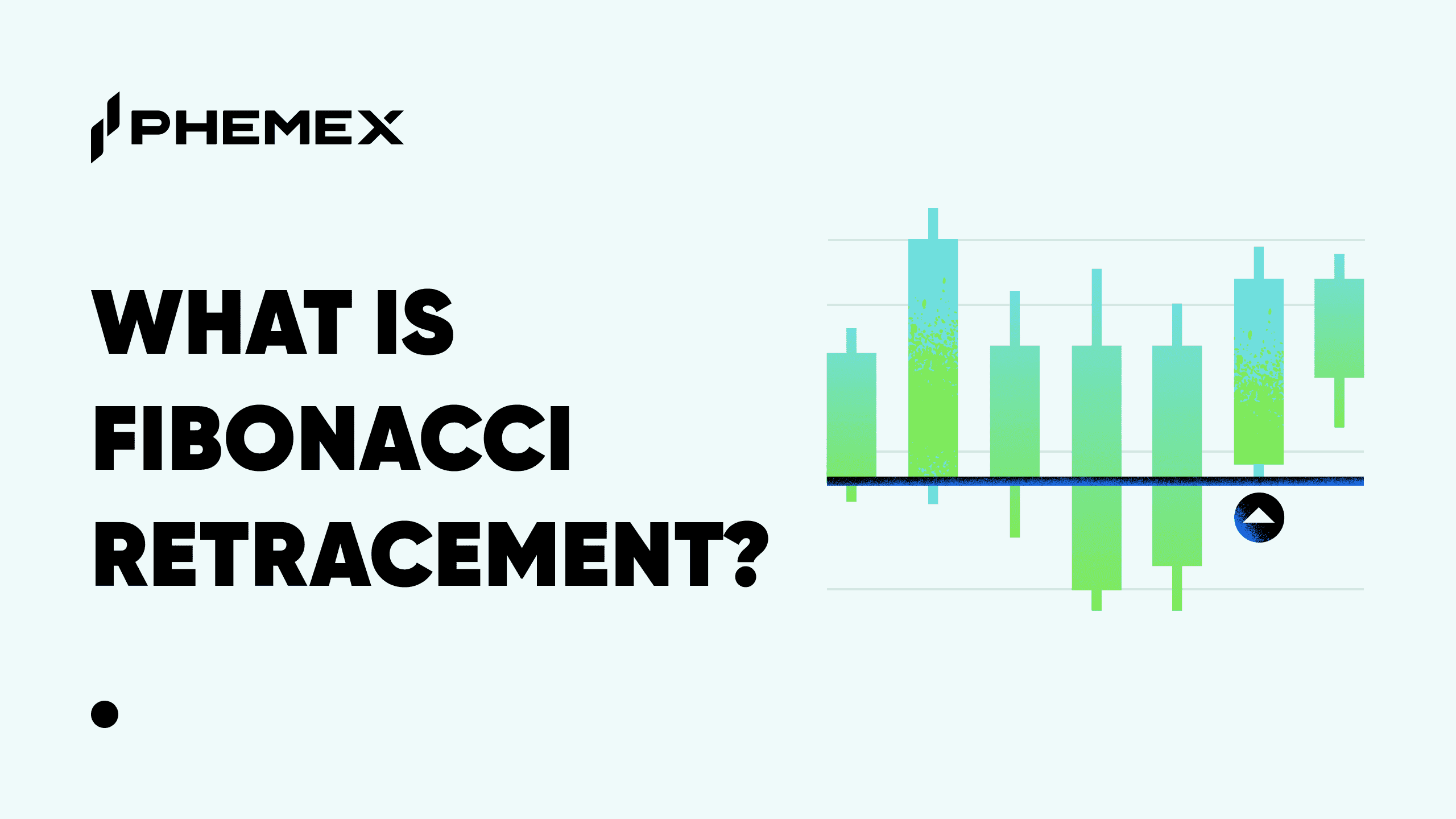Summary:
- The DPO is an indicator that identifies the broader, underlying cycles in an asset’s price movements.
- It measures the distance between an asset’s past closing price at a specified time relative to its simple moving average (SMA).
- As a lagging indicator, the DPO should be used in conjunction with other indicators, and never as the only buying or selling signal, as it is mostly a confirmatory signal.

What Is The Detrended Price Oscillator?
The detrended price oscillator (DPO) is an indicator that identifies the broader, underlying cycles in an asset or crypto’s price movements. It’s the difference between an asset’s past closing price at a specified time relative to its simple moving average (SMA). The DPO is unique in that it removes the trend component from prices. This method was initially used to study equities, but has also found application in crypto trading.
Short-term cycles are automatically filtered out in the DPO indicator because it’s specifically used to estimate an asset’s long-term cycle duration, which is from one peak to the next or from one trough to the next. The DPO oscillates around a horizontal line set as the zero-line, in which the upper side indicates an overbought territory, while the lower side shows an oversold territory.
Also, the DPO is a lagging indicator as it waits for a new price action to occur before opening a position. Thus, the DPO does not react to current prices. In this way, the DPO stands in contrast to momentum indicators that focus on the rate change in price among financial assets.
When the selected past closing price begins to rise above the SMA, the DPO responds by cutting above the zero-line. This indicates an underbought position or a bullish market. Conversely, when this price falls below the EMA, the DPO will cut below the zero-line, indicating an oversold position or a bearish market.

It’s important to note that the DPO is offset in the past (to the left), according to the chosen periods.
Detrended Price Oscillator Formula
The detrended price oscillator formula is as such:
DPO = Closing price from (X/2 + 1) periods ago minus X period SMA
(X = number of periods used for the lookback period)
To calculate the detrended price oscillator, select an appropriate lookback period. This is the number of past periods that the trader decides is useful to identify long-term, underlying trends. It’s denoted by X.
While selecting X, consistency should be maintained. If a daily chart is being considered, then X should correspond to a certain number of days. If the chart is weekly, then weekly periods should be chosen.
If restricting the lookback period to say, 20 periods, i.e., X = 20, the process is as follows:
- Calculate the session’s closing price, that is, (X/2) + 1 periods before the current price. If the chosen historical data is for the last 20 periods, then find the closing price from (20/2) + 1 = 11 trades prior to the current price. In other words, find the closing price for 11 periods before the current date.
- Calculate the SMA over the past X periods—in this case, 20 periods. Note, the SMA is merely the average over time. For example, for a closing price P and 20 time periods, the SMA would be calculated as: Simple moving average (SMA) = (P1 + P2 + P3 + … + P20)/20
- Then subtract the simple moving average from the closing price from (X/2+1) periods ago. This gives us the detrended price oscillator indicator.

How To Use The Detrended Price Oscillator on Phemex?
- The Phemex platform can be used to trade with the Detrended Price Oscillator indicator. To get started, we will use the BTC/USDT pair for our step-by-step guide. At the time of writing, BTC is trading at $39,486.

Bitcoin price in USD with a candlestick pattern. - Click on “Indicators” above and search for “Moving Average” and “Volume.” The volumes traded are displayed as vertical bars in the screen’s lower section.

- The “Settings” option is used to set the SMA to our chosen period. X, in this case, is 20 periods. Note that the thickness, color, and transparency can be altered in the “Style” tab.

Selecting Moving Average Indicator from the “Indicators” tab. 
Configuring the Moving Average Periods from the “Settings” option. 
Changing the Style of the Moving Average Indicator “Settings” option. - Similarly, the DPO Indicator can be selected as well. The DPO and zero-line appear below the BTC/USDT in the bottom section. The lookback period can be changed in the “Input” tab. Ensure that the “IsCentered” option is selected. This shifts the DPO to the left by specified X periods. This adjustment aligns past price action with the DPO’s peaks and troughs. Without this adjustment, the DPO will move along with current prices and act as a momentum indicator. The indicator is marked as “DPO (20)” indicating a DPO indicator with a lookback period of 20 periods. The “1W” at the top indicates a weekly chart. By selecting the “1W”, the chart interval can be changed.

Creating the DPO Chart using the “Indicator” tab. - To examine the DPO, vertical lines are drawn (using the tool on the top left bar) marking troughs and peaks. By measuring the time elapsed between these lines, long-term, underlying cycles can be distilled. If two troughs are one month apart, this may help the traders assess future buying opportunities.

Marking crossovers using Vertical Lines in the DPO chart.
It’s important to note that the DPO line stops before the current price because it has been displaced to the left. This is a result of its rationale of tracking historical peaks and troughs.
At the first vertical line, the DPO crossed the zero line in the upward direction, indicating bullish territory, and traders may choose to go long on BTC here. This could prove to be an effective strategy once a trader is confident that the DPO will cross and stay above the zero line. The trader can hold this position until the bearish territory is expected, such as when the DPO begins to descend.
During the second intersection, the DPO dips below the zero line and indicates a bearish scenario or a shorting opportunity.
Alternatively, if the trader believes that the market is already overbought, he may see a DPO nearing its peak and can short the market.
Common Detrended Price Oscillator Strategies
The DPO should be used in conjunction with other indicators, and never as the only buying or selling signal. It’s primarily a confirmatory signal. In fact, always remember to assess your risk tolerance, set limits, and select stop-loss using ATR while using Detrended Price Oscillator Strategies or any other indicator.
- The DPO Crossover With Candlesticks
A common method is to combine the DPO with candlestick patterns. If the DPO crosses the zero-line in the upward direction and the candlestick pattern is bullish, a buy signal can be confirmed. Similarly, if the DPO crosses the zero-line in the downward direction, while the candlestick pattern is bearish, a sell signal can be confirmed. However, if the price action diverges from the DPO signal, it may be advisable to exit the trade.
- DPO and Volume Trading
It’s advisable to use Detrended Price Oscillator Strategies during high or rising volumes in the market. In simple terms, large volumes equate to more information in the market, which can help traders identify the cycles more accurately.
- Identifying Turning Points
DPO can be used to identify turning points in the price action. For instance, if the DPO shows a higher trough, a trader may anticipate an upturn in the price movement, whereas a lower peak may indicate a fall.
Other commonly used methods include using DPO in conjunction with moving averages such as the exponential moving average (EMA).

Detrended Price Oscillator (DPO) vs. Commodity Channel Index (CCI)
The DPO and CCI indicators both attempt to identify cycles. The DPO is used to figure out the long-term cycles, while the CCI identifies when a new major price cycle begins. Other price oscillators that are commonly used include the absolute price oscillator (APO) or percentage price oscillator (PPO).
Limitations of the Detrended Price Oscillator
The DPO represents past data and does not predict upcoming price trends. It’s up to the trader’s judgment if the DPO confirms buy or sell signals, which may or may not hold in the future. In addition, there is an asymmetry in peaks and troughs which the trader must interpret.
Conclusion
The Detrended Price Oscillator (DPO) estimates long-term cycle lengths in financial asset prices that are not obvious to the naked eye. Moving above the zero-line tends to suggest a selling signal while moving below it tends to suggest a buying signal, based on previous price movements. This can add weight to trading decisions in the future. When used appropriately within broader technical analysis, it can be a very useful supplementary indicator to determine long-term cycles. Thus, the DPO can help identify oversold or overbought markets.
Read More
- What is PPO Indicator: Accurately Find Moving Averages
- Stochastic Oscillator: Everything You Need To Know
- What Is Ultimate Oscillator: Trade With Multiple Timeframes
- What Is Oscillator Trading: Top 5 Indicators To Use
- Uptrends and Downtrends: How to Spot and Trade Them?
- What is Chande Momentum Oscillator (CMO): An Alternative to the RSI Indicator
- Overbought vs Oversold: Making Money in These Market
- What Is Volume Oscillator (VO) in Crypto Trading?









